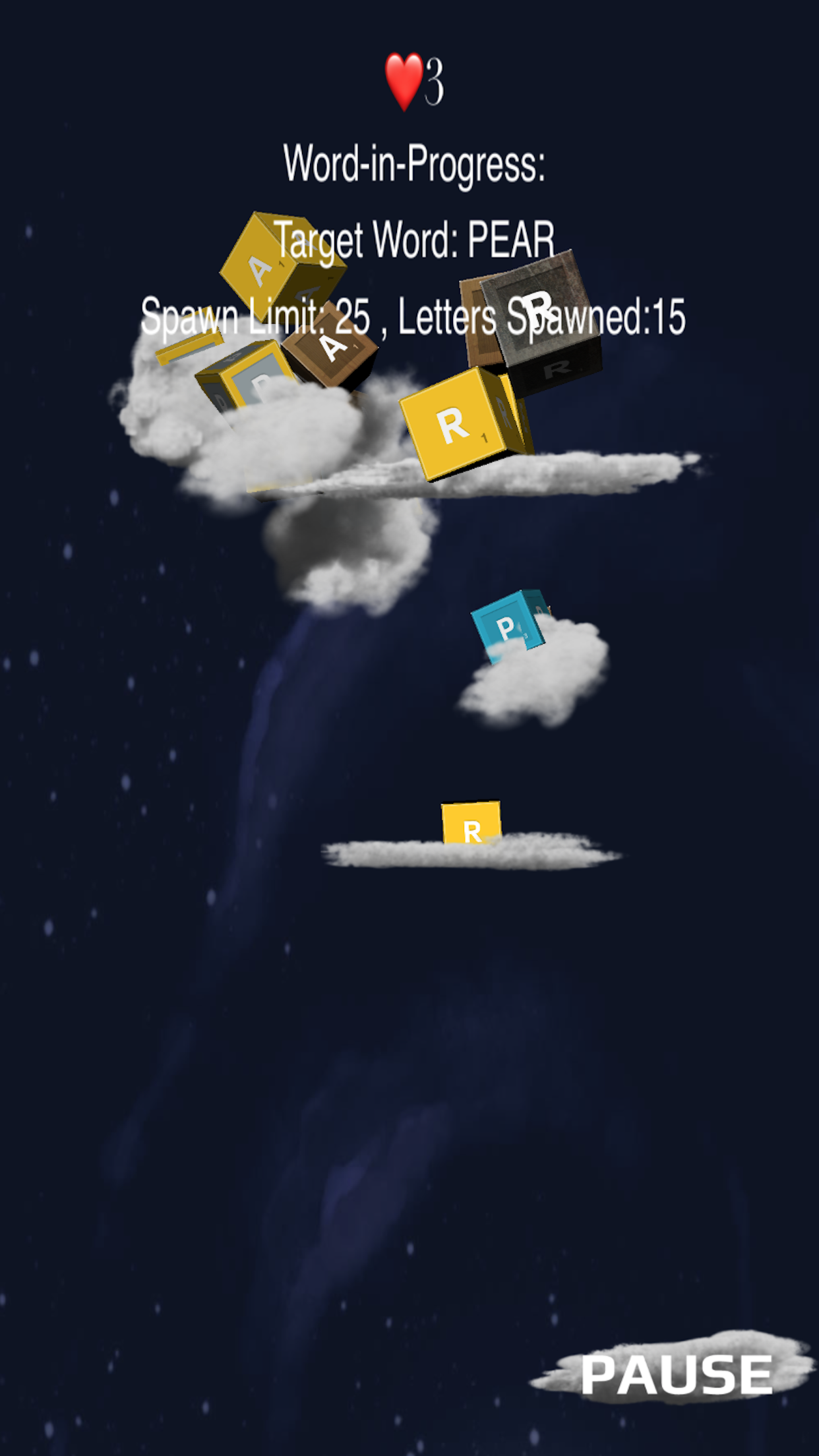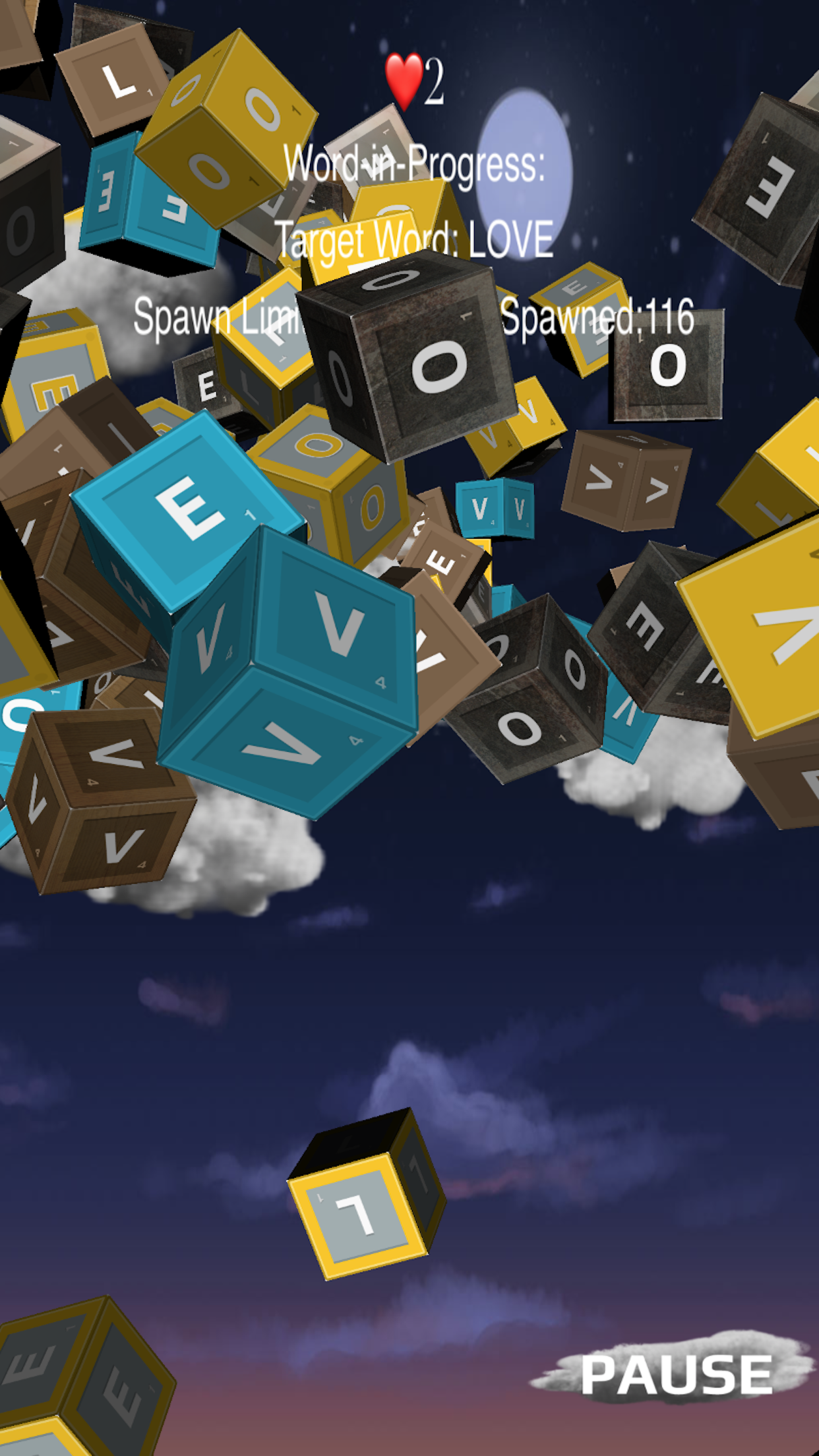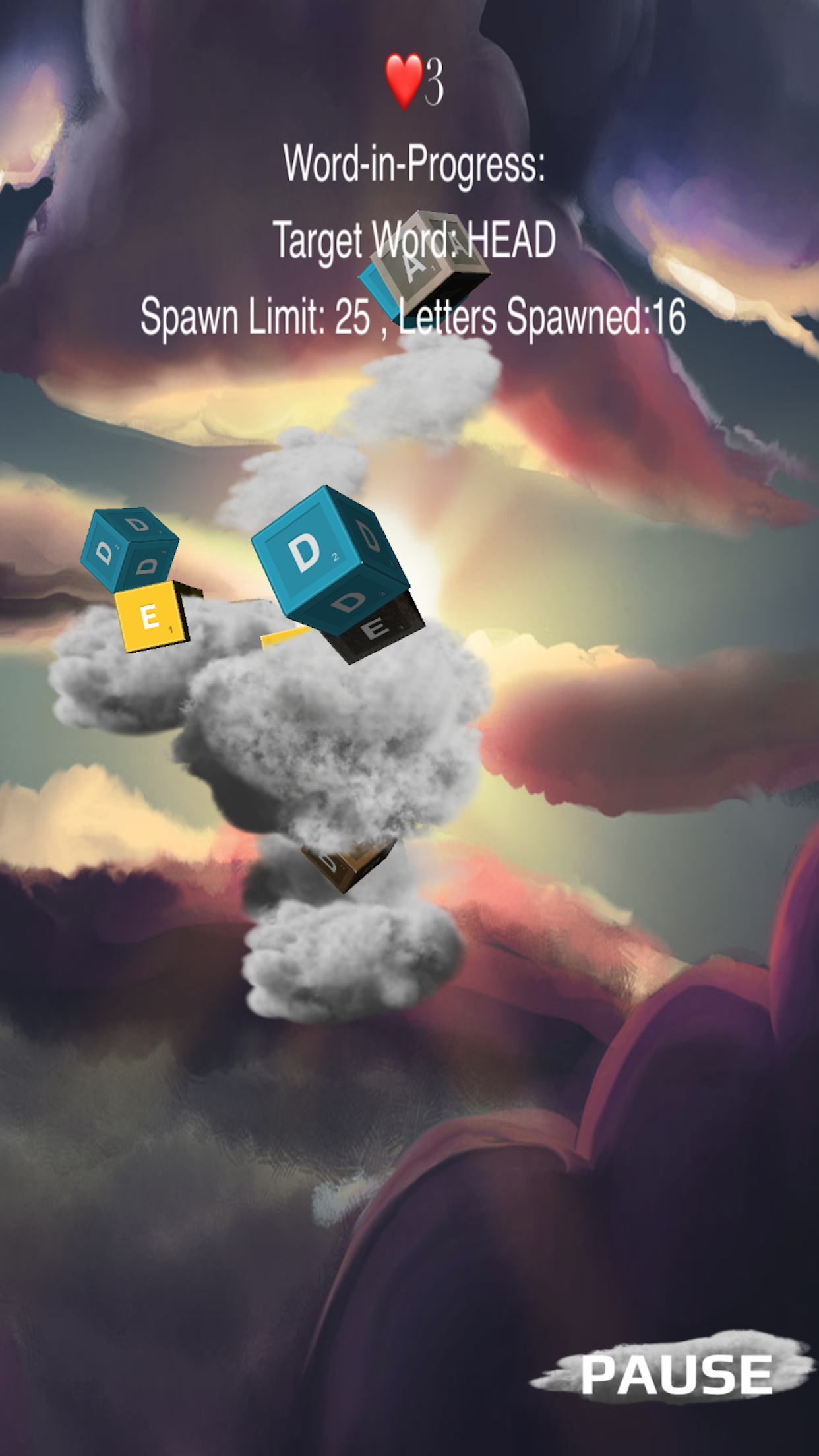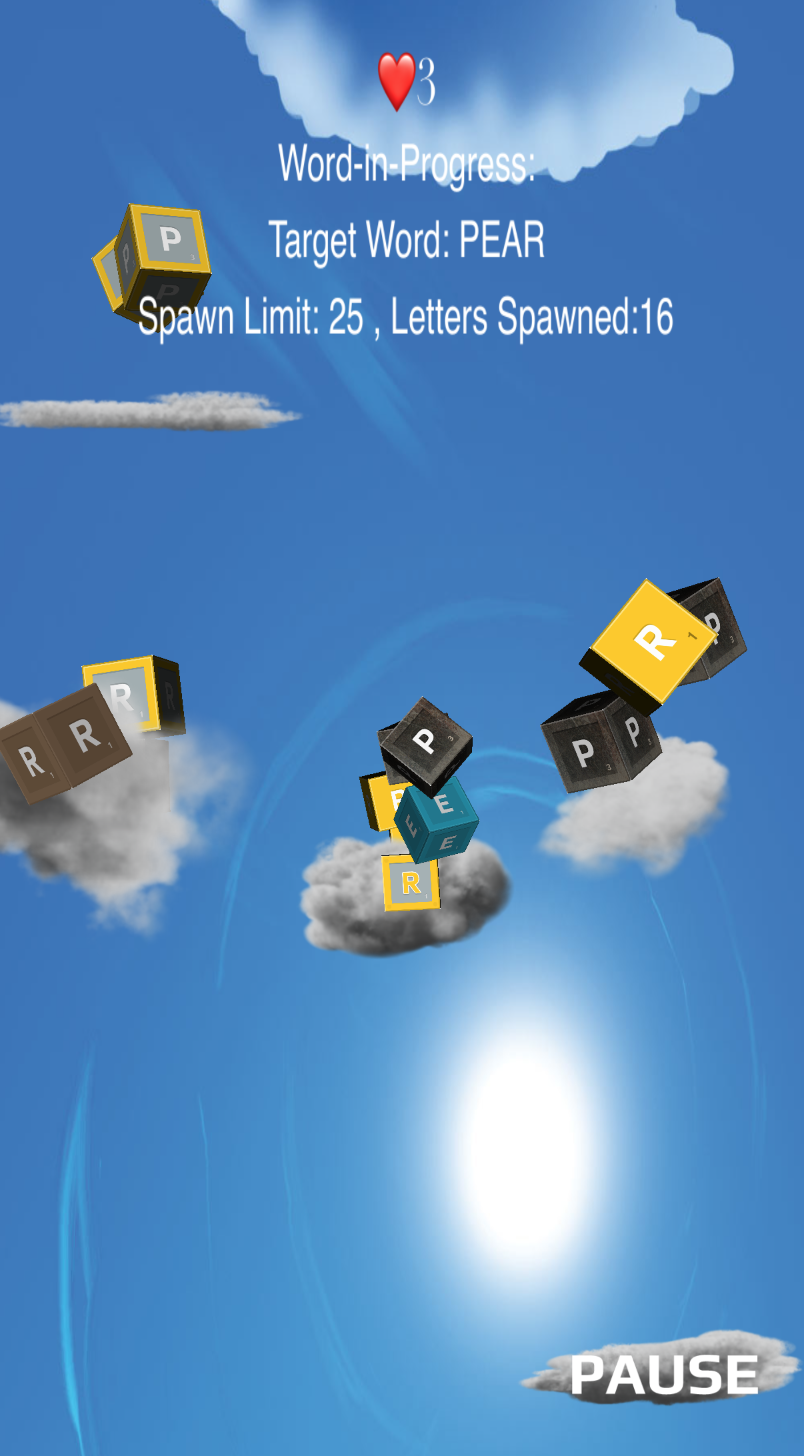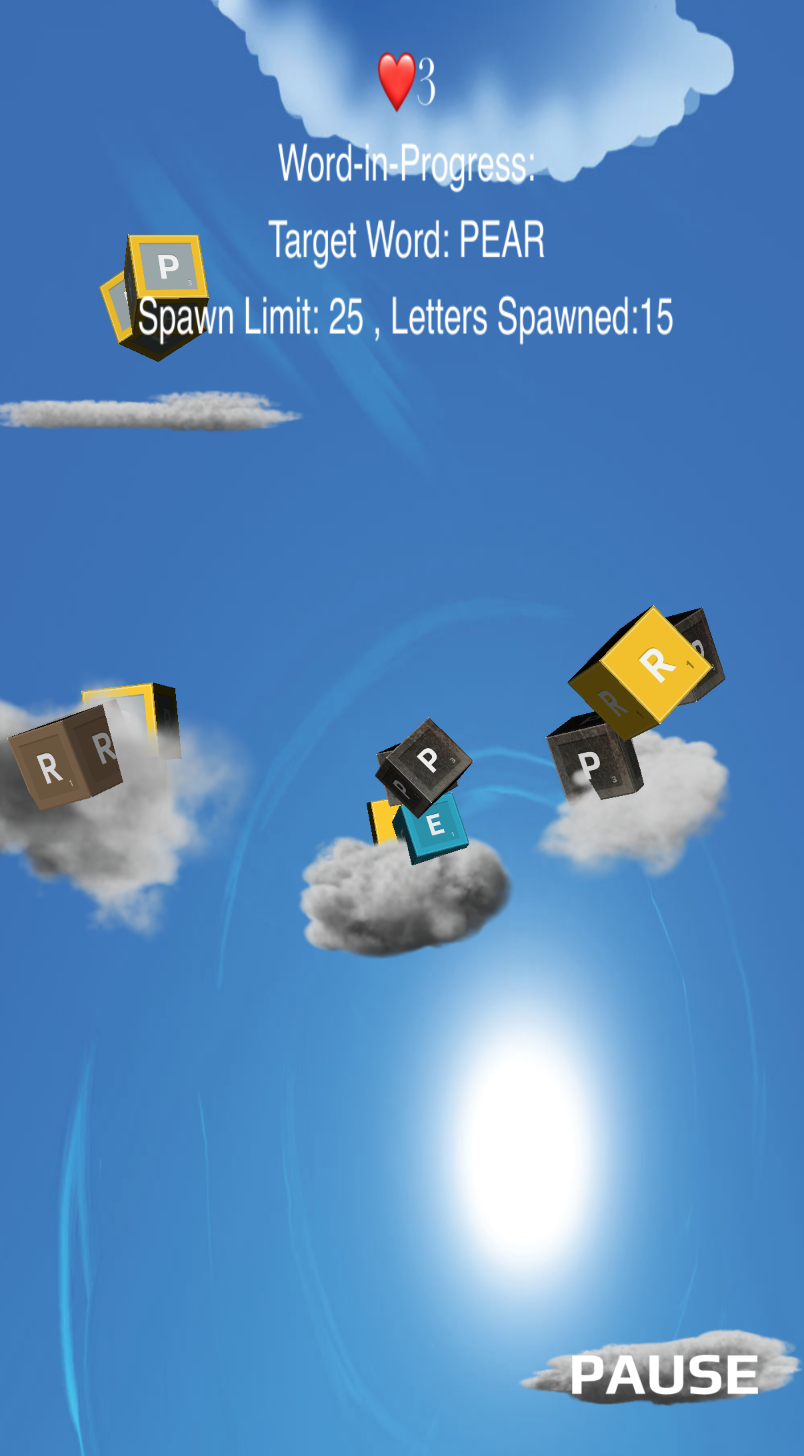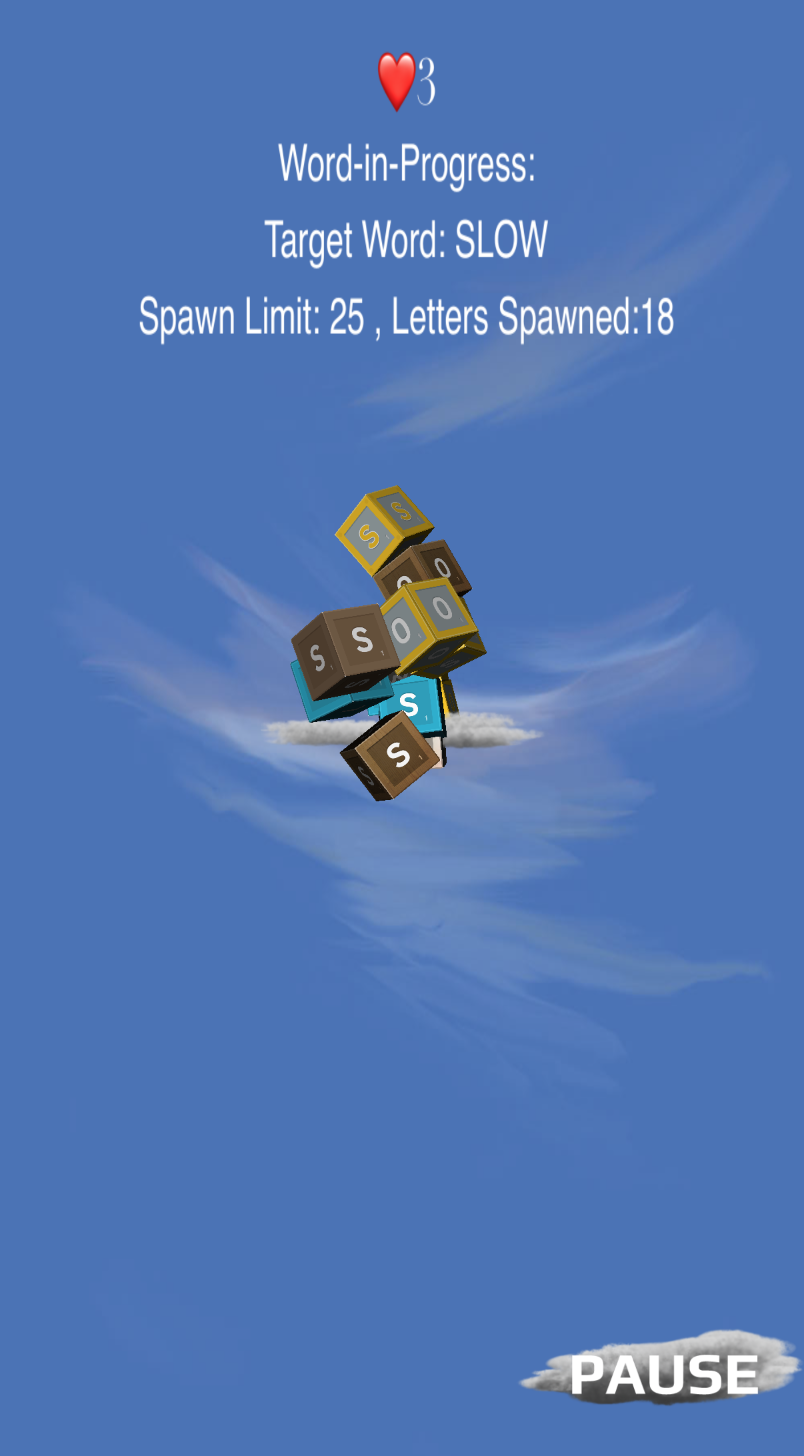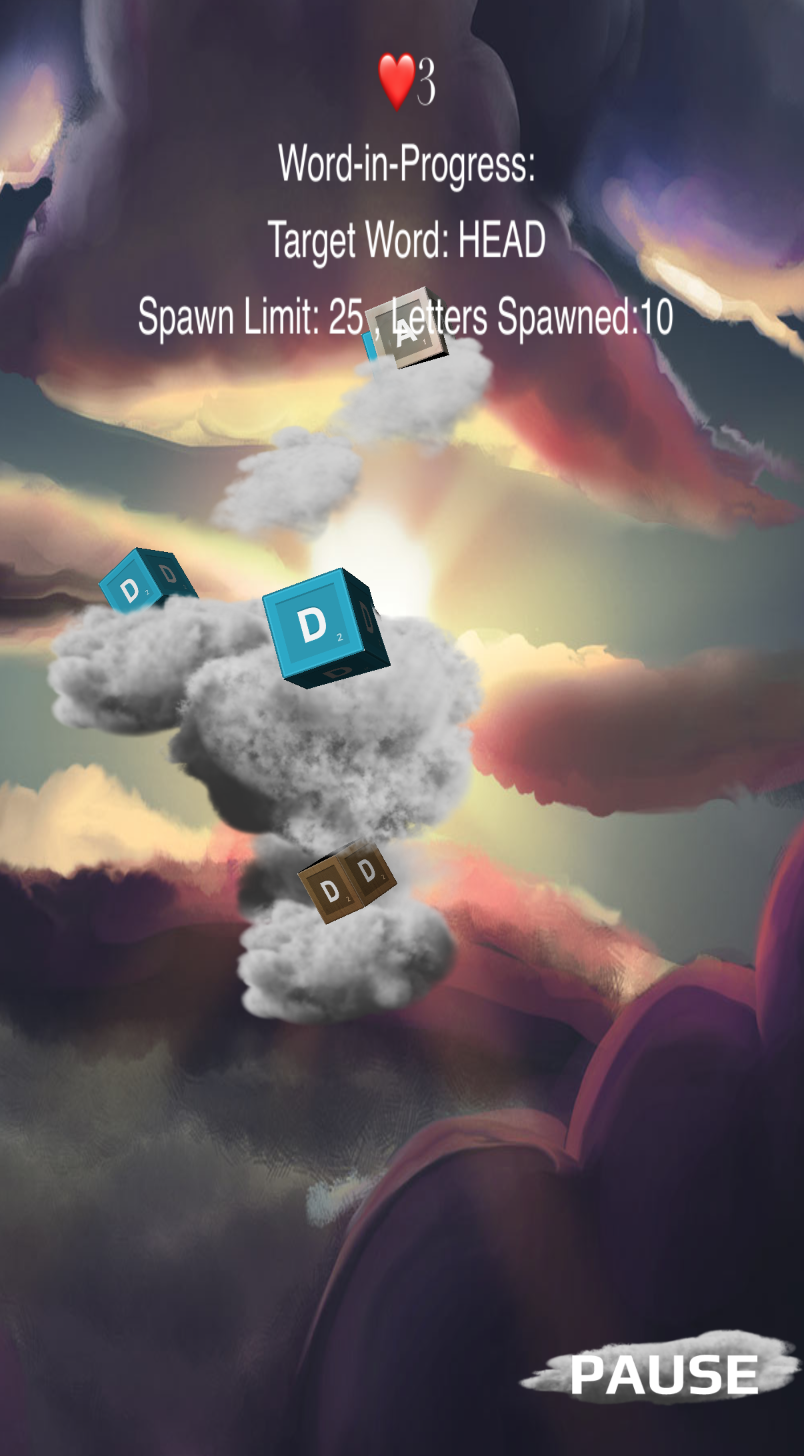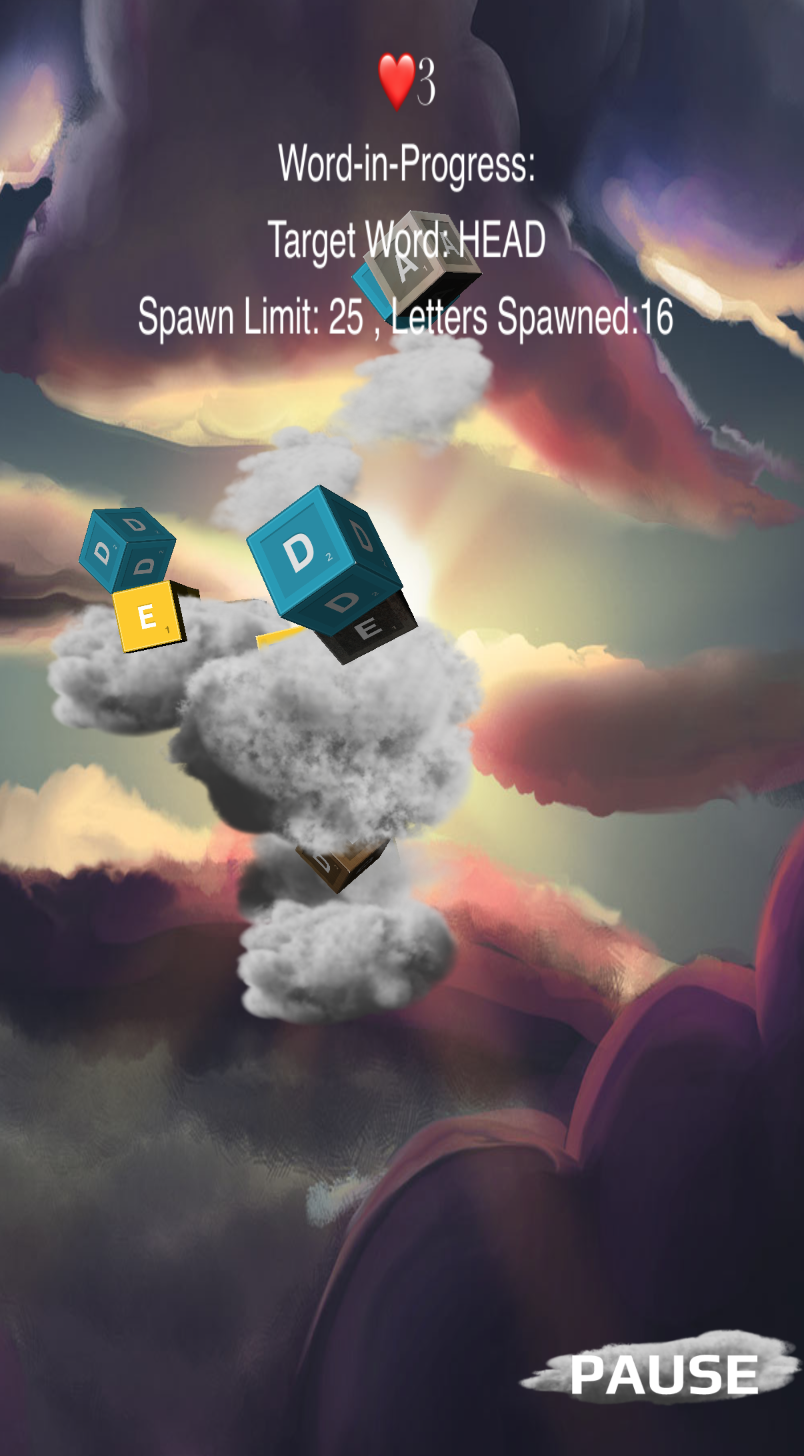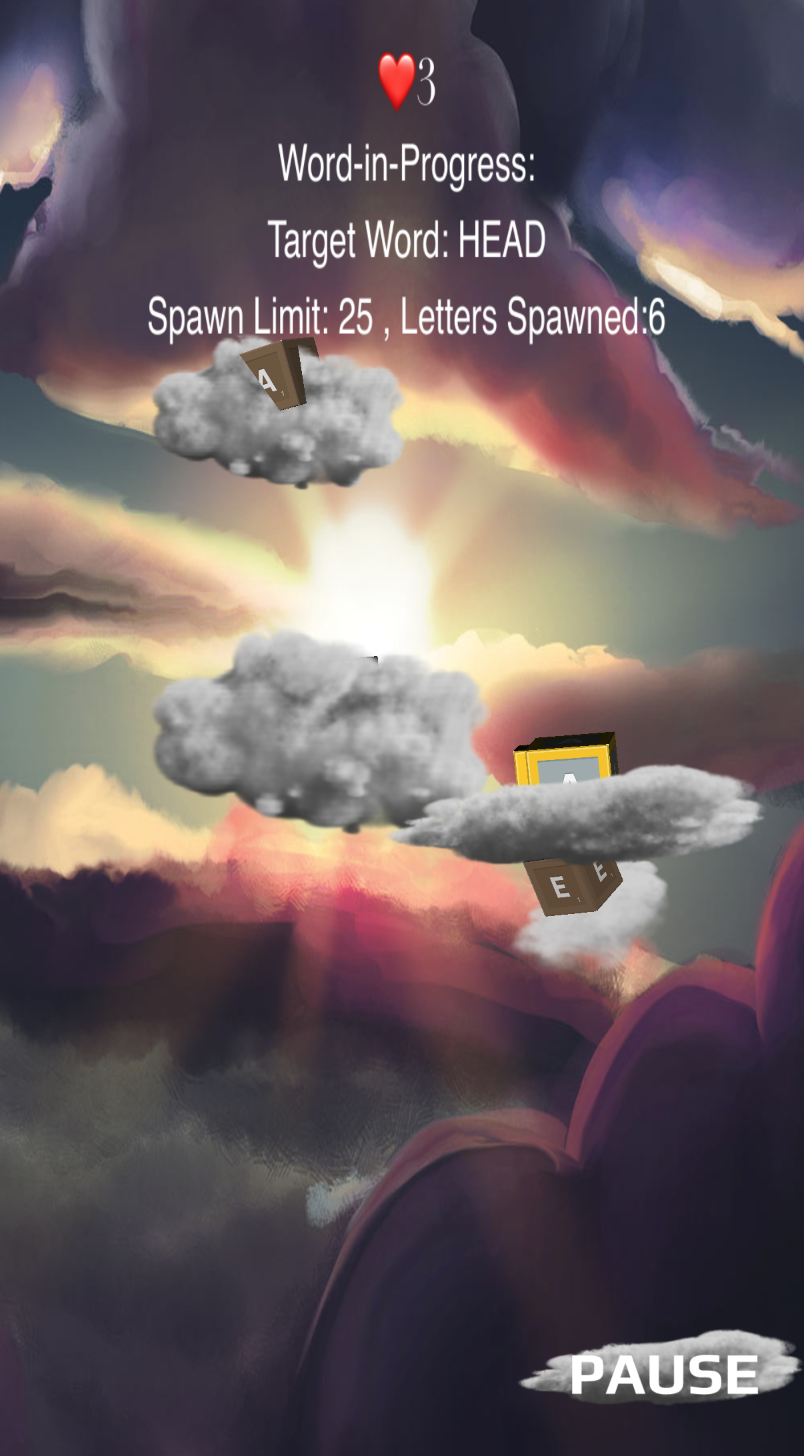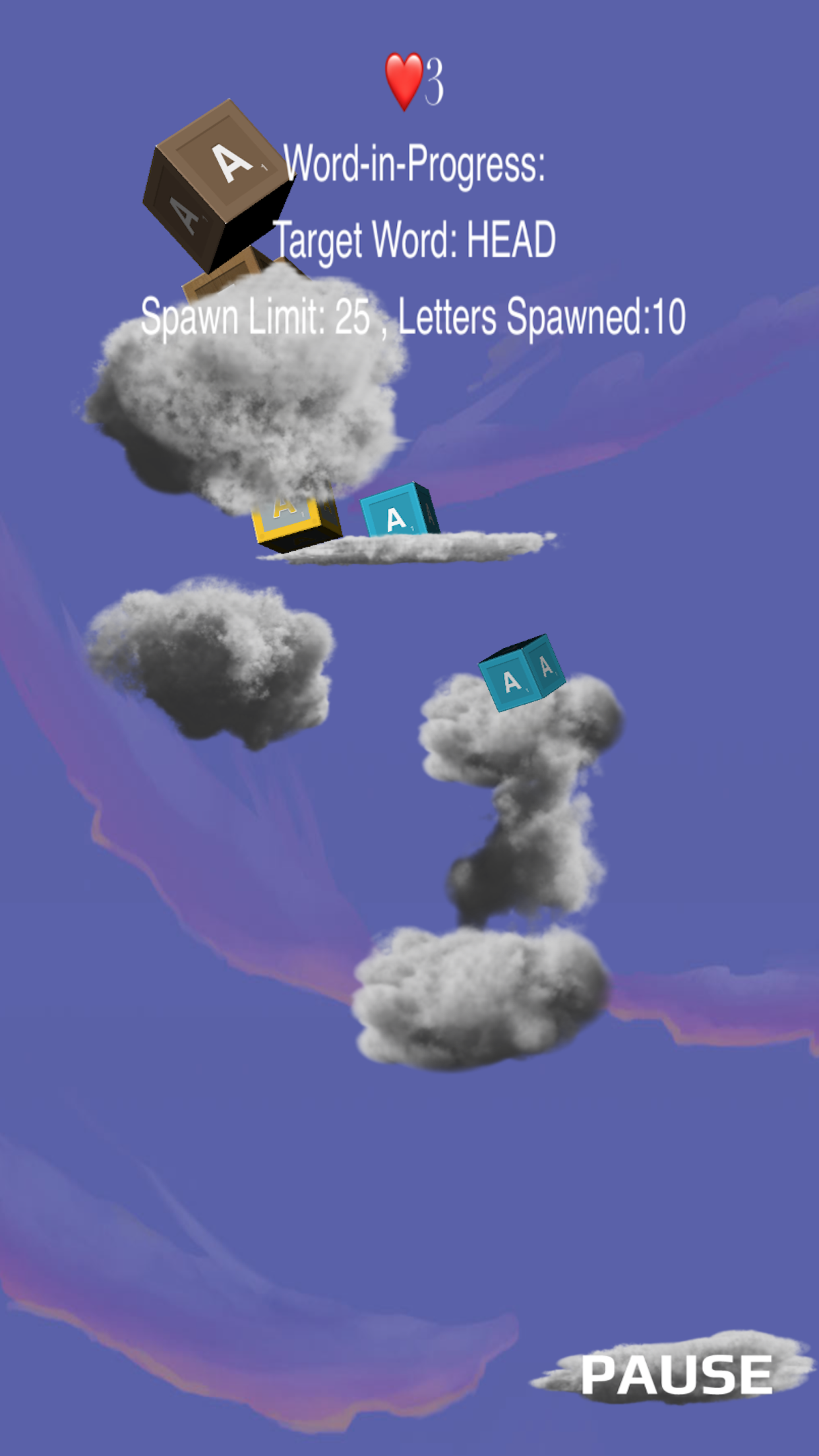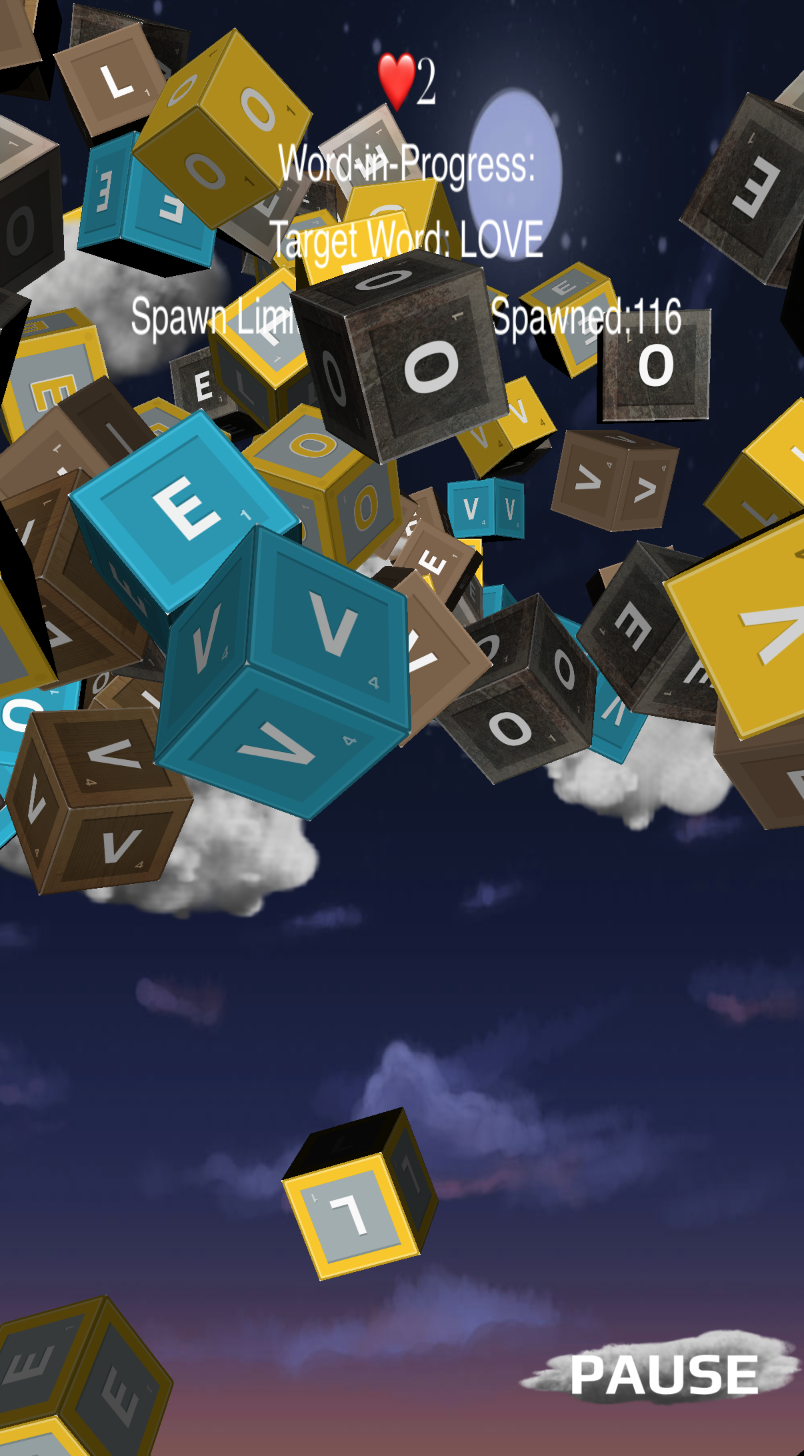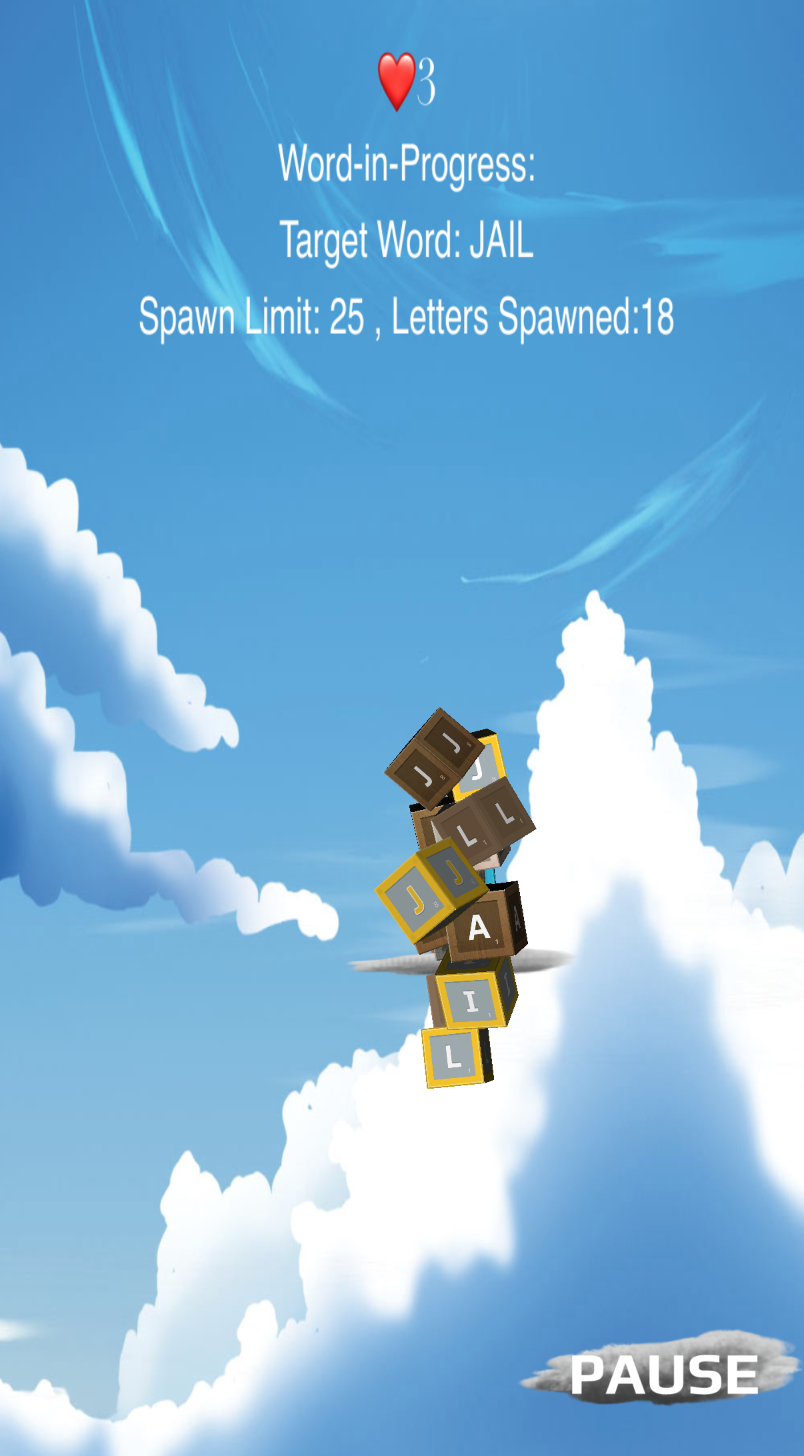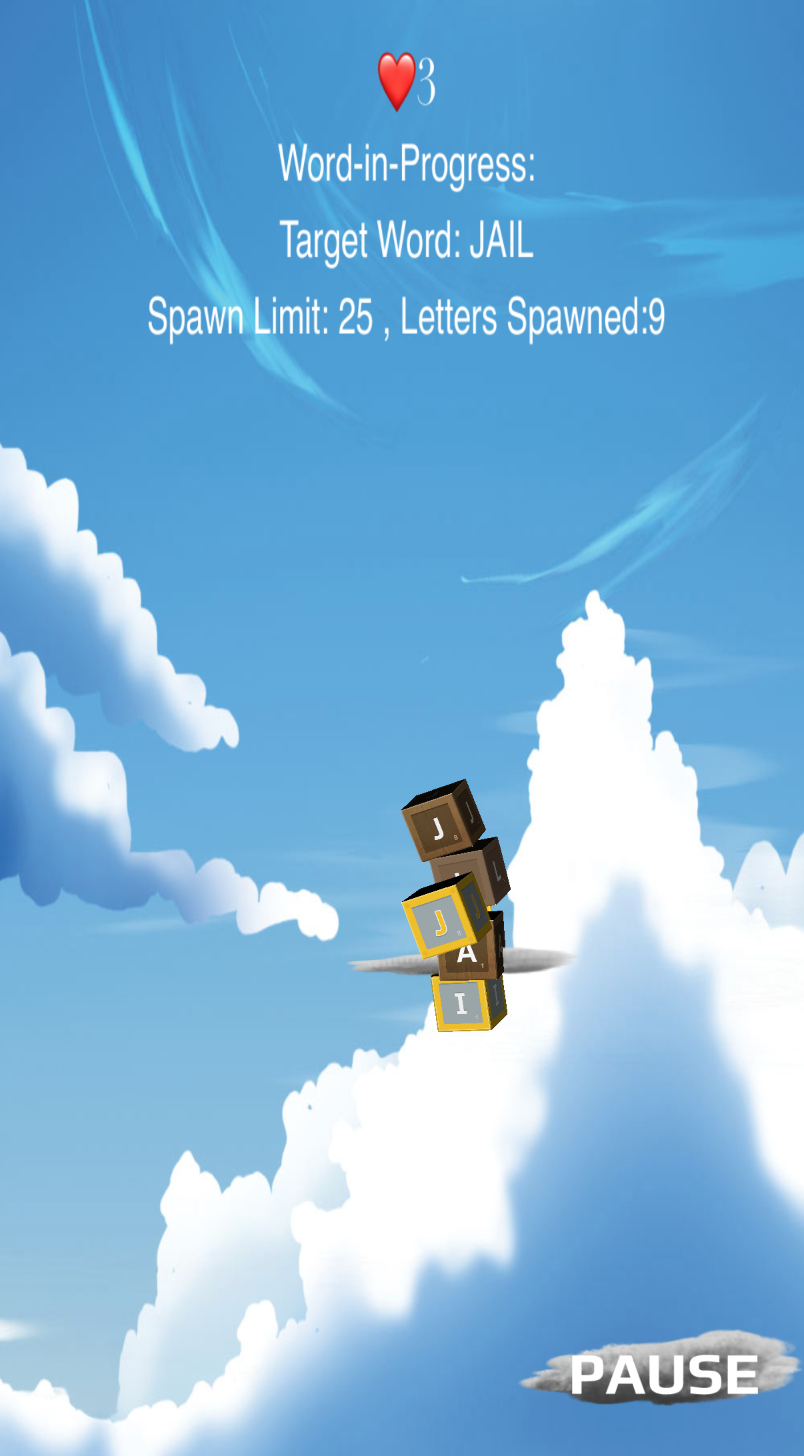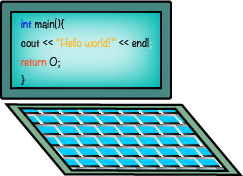
Letter Buster
App Information
It's raining letters! The meteorologists have never been more bewildered by a weather phenomenon such as this - English letters falling from the sky. Sharpen your English spelling prowess and your reaction time with this fast-paced mini-game that requires you to shoot letter cubes emerging from dark clouds against various sky backdrops. The ultimate test of letter identification, it will help you to spell words varying in length depending on difficulty level. But be careful, if you spell the words wrong or if too many letters fill the night sky, your dreams of winning the next spelling bee may come to an end.
